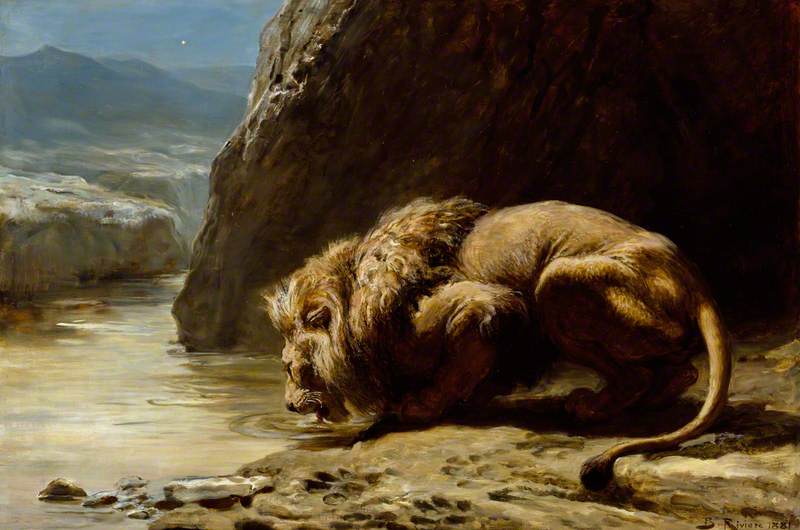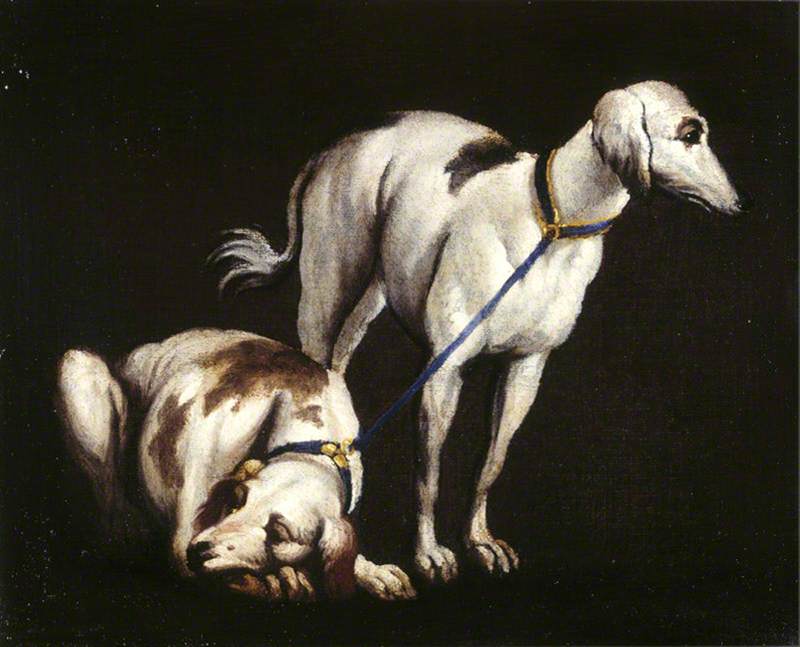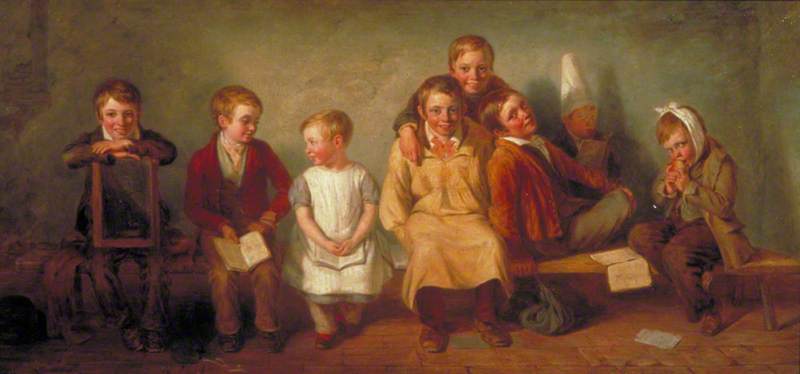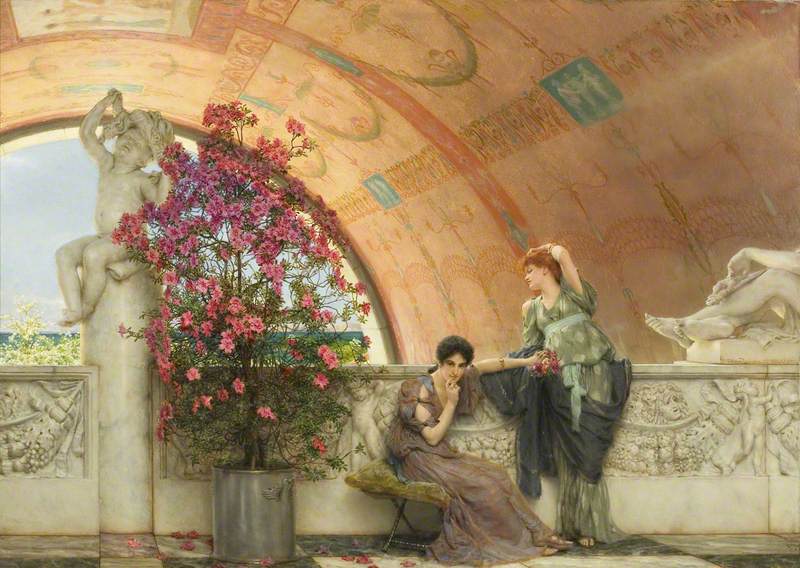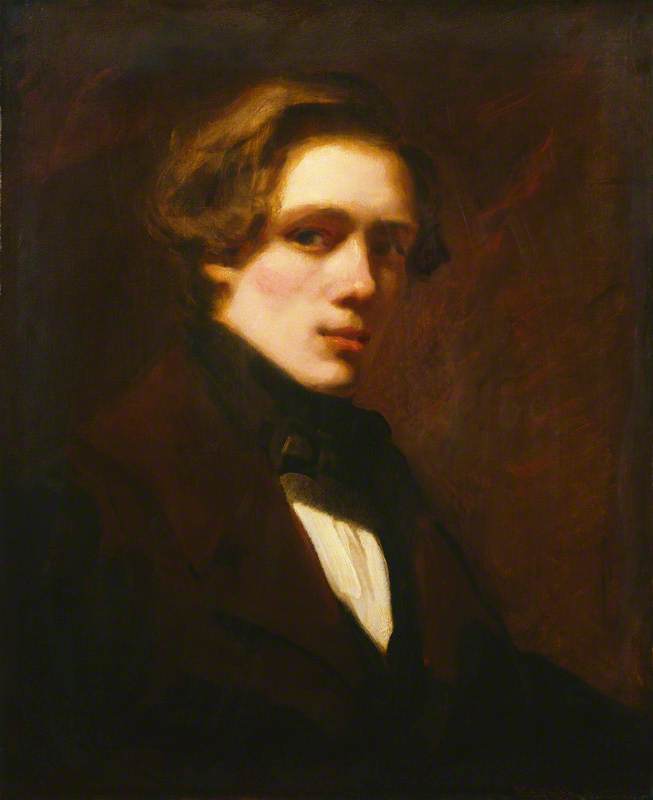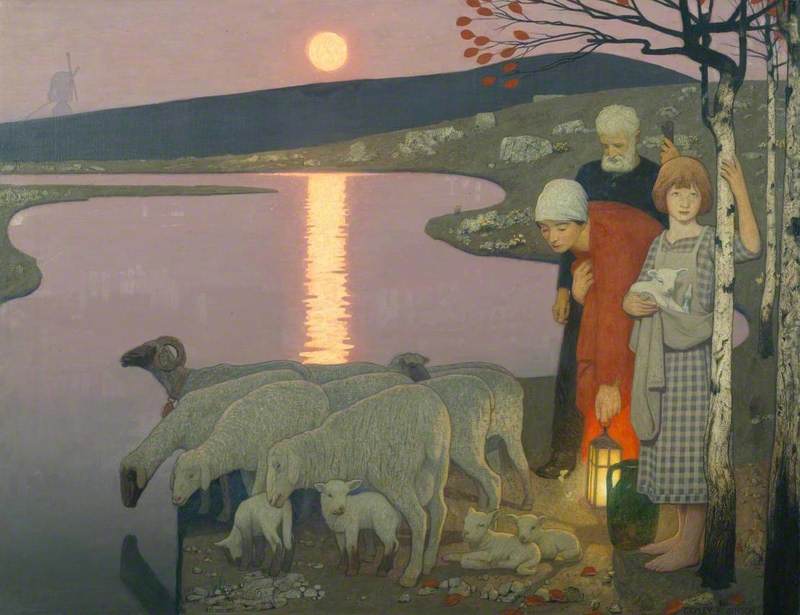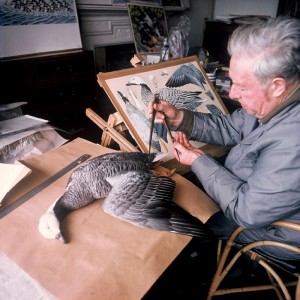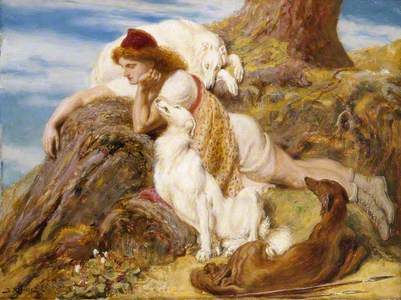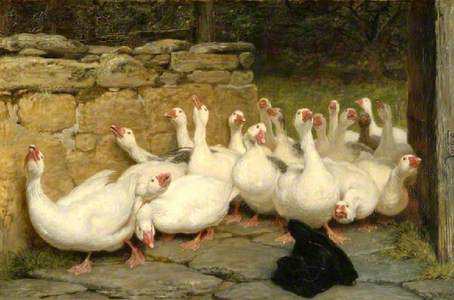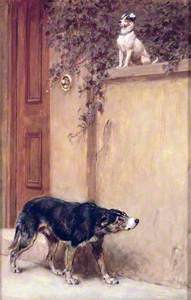Briton Riviere was born in London and educated at Oxford, where his father William was the first to introduce art as an undergraduate subject. He began exhibiting at the Royal Academy of Arts (RA) in 1858.
His early work includes numerous classical subjects, but even in these pieces he sought to incorporate animals. From 1876, his studio was located in Finchley Road, which was conveniently close to London Zoo. This provided him with easy access to exotic species, which he was free to go and observe. He even adapted his studio, incorporating a large door, which enabled domestic animals to be admitted into the space. The cadavers of wild animals were also delivered to his studio from the zoo for him to sketch.
Riviere’s paintings are clearly Victorian in their subject matter as they promote the emotional side of the depicted narrative and are meant to appeal to the viewer’s sentiments.
Sympathy became one of the most popular and frequently reproduced paintings of the time. Nevertheless, Riviere’s paintings are also technically highly adept and he was well respected by his contemporaries, so much so that he was only narrowly defeated in the election for President of the RA in 1896.
Depictions of animals recur in the history of art, but it is only really in Victorian times that the relationship between men and animals is greatly explored on canvas.
In Lost or Strayed the principal character of the painting is the dog and his anguish and sense of fear is clearly highlighted in the painting – the viewer can only see the backs of the people in the painting, the only part that is directly visible to us is the dog, making him the principal focus of the composition.
In other works, Riviere focuses on the relationship between man and animal and his animals seem to assume human characteristics.
This is clearly evident in The Last of the Crew, where the dog leans against his master and seems to echo his expression as he looks out onto the ice to where the last crewmember has obviously been lost.
A similar sentiment is present in Sympathy, where the little girl has obviously been reprimanded but her faithful dog sits next to her, empathising with her plight.
Sonia Roe, Freelance Editorial Consultant




